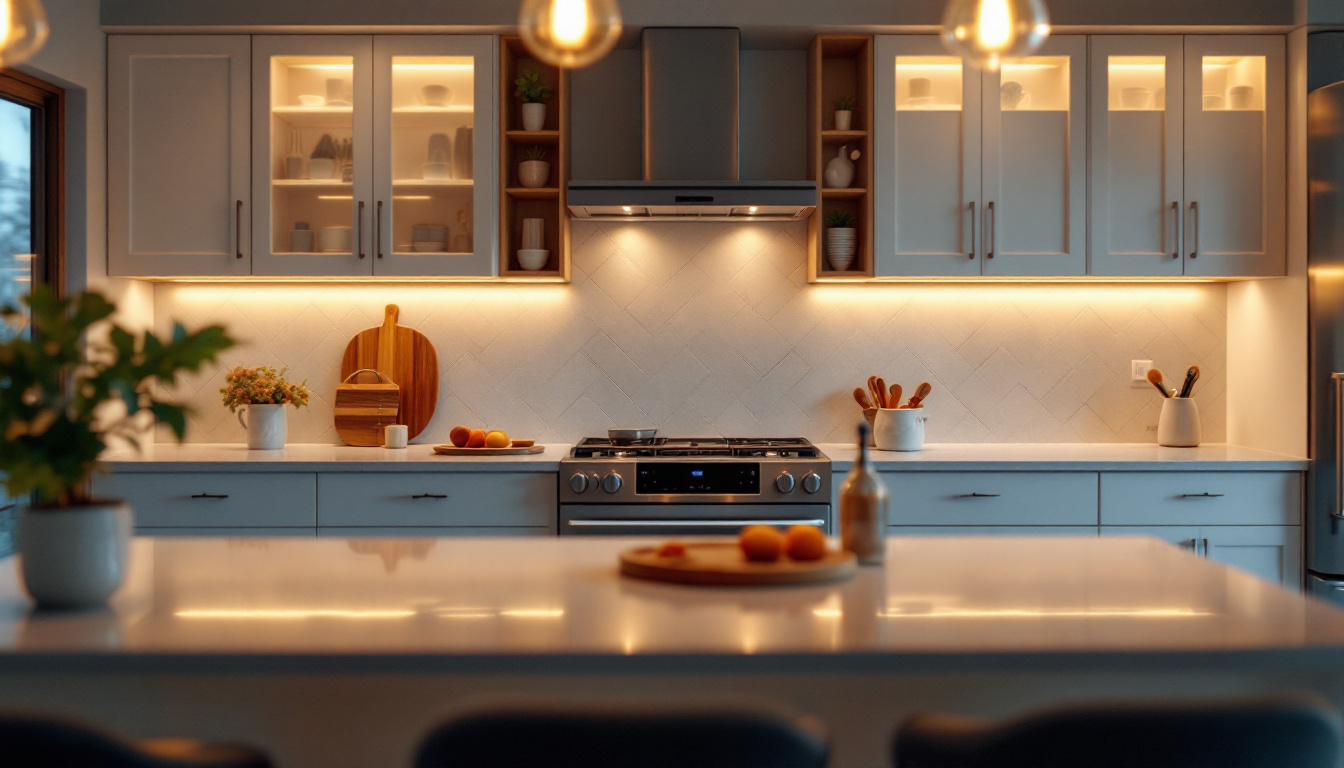
Lighting plays a crucial role in enhancing the aesthetics and functionality of kitchen spaces. Among various lighting solutions, under-cabinet lighting has emerged as a popular choice for homeowners looking to elevate their kitchen environment. This article explores innovative approaches that lighting contractors can adopt to implement effective kitchen cabinet under lighting, ensuring both style and practicality.
Under-cabinet lighting serves multiple purposes in the kitchen. Primarily, it provides essential task lighting for food preparation areas, making it easier to chop, slice, and cook. Moreover, it adds a layer of ambiance that can transform the overall feel of the kitchen, making it a more inviting space. The strategic placement of lights can illuminate dark corners and shadowy spots, ensuring that every inch of the countertop is well-lit and functional.
In addition to functionality, under-cabinet lighting can highlight beautiful countertops, backsplashes, and cabinetry, enhancing the visual appeal of the kitchen. This dual role of practicality and aesthetics makes it an indispensable feature in modern kitchen design. Furthermore, the right lighting can accentuate textures and colors, bringing out the natural beauty of materials like granite, marble, or wood. Such enhancements not only elevate the kitchen’s design but also create a warm and welcoming atmosphere for family and friends.
When considering under-cabinet lighting, contractors have a variety of options to choose from. The most common types include LED strip lights, puck lights, and fluorescent fixtures. Each type has its unique benefits and ideal applications. For instance, LED strip lights are particularly popular due to their flexibility, energy efficiency, and availability in various colors and brightness levels. They can be cut to fit any space and installed in a variety of configurations, allowing for creative designs that can adapt to the kitchen’s layout.
Puck lights, on the other hand, provide focused illumination and can be strategically placed to highlight specific areas. Their compact size makes them ideal for tight spaces or for creating a layered lighting effect. Fluorescent fixtures, while less common today, can still be effective in providing even light distribution over larger spaces. Additionally, they are often more budget-friendly, making them a viable option for homeowners looking to enhance their kitchen without breaking the bank. Each type of lighting can be combined to achieve a balance of functionality and style, tailored to the homeowner’s specific needs.
The color temperature of the lighting is another critical factor to consider. Warm white light (around 2700K to 3000K) creates a cozy atmosphere, ideal for family gatherings and casual cooking. In contrast, cooler white light (4000K to 5000K) is more suitable for task-oriented areas, enhancing visibility and reducing eye strain. This distinction is particularly important in multifunctional spaces where cooking, dining, and entertaining occur simultaneously.
Lighting contractors should consult with clients to determine the desired ambiance and functionality of the space. A combination of different color temperatures can also be employed to create a dynamic environment that caters to various activities. For example, using warm lighting for evening gatherings can foster a relaxed vibe, while cooler lighting during the day can boost energy and focus. Additionally, dimmable options allow homeowners to adjust the brightness according to the time of day or the mood they wish to set, further enhancing the versatility of under-cabinet lighting in the kitchen.
Effective installation of under-cabinet lighting requires careful planning and execution. The placement, wiring, and control options all play a significant role in the overall success of the project.
Contractors must assess the specific kitchen layout and cabinetry design to determine the best positioning for the lights. Proper alignment and spacing are essential to achieve uniform illumination without dark spots or excessive glare. Additionally, the choice of light color temperature can greatly influence the ambiance of the kitchen. Warmer tones can create a cozy atmosphere, while cooler tones are often preferred for a more modern, vibrant feel.
Wiring under-cabinet lights can be a challenging task, especially in existing kitchens where access to power sources may be limited. It is crucial to plan the wiring route carefully, ensuring that it complies with local electrical codes and safety standards.
Using low-voltage LED systems can simplify the installation process, as they often require less wiring and can be powered by a transformer. Additionally, contractors should consider incorporating dimmer switches and smart controls, allowing homeowners to adjust the lighting according to their needs. When planning the installation, it’s also important to think about the potential for future upgrades; leaving extra conduit or access points can make it easier to add more lights or change configurations down the line.
Incorporating smart technology into under-cabinet lighting can significantly enhance its functionality. Smart lighting systems can be controlled via smartphone apps or voice-activated devices, providing homeowners with convenience and flexibility.
Lighting contractors can recommend systems that allow for scheduling, remote access, and integration with other smart home devices. This not only adds value to the installation but also appeals to tech-savvy clients looking for modern solutions. Furthermore, some advanced systems offer features like adaptive lighting, which adjusts the brightness and color temperature based on the time of day or the activity being performed in the kitchen. This capability not only enhances usability but also contributes to energy efficiency, making it an attractive option for environmentally conscious homeowners.
While functionality is essential, the aesthetic aspect of under-cabinet lighting should not be overlooked. The design should complement the overall kitchen decor and enhance the visual appeal of the space. A well-thought-out lighting design can transform a kitchen from merely functional to a stunning centerpiece of the home, where family and friends gather to create lasting memories.
Contractors can work with clients to select fixtures that align with their design preferences, whether it be sleek and modern or classic and traditional. The choice of materials, finishes, and colors can significantly impact the overall look of the kitchen. For instance, brushed nickel fixtures can provide a contemporary touch, while antique brass can evoke a sense of timeless elegance. Moreover, the size and scale of the fixtures should be considered to ensure they harmonize with the cabinetry and other elements in the kitchen.
Under-cabinet lighting can be used strategically to highlight architectural features in the kitchen. For instance, illuminating a textured backsplash or a unique countertop can draw attention to these elements, creating a focal point. This not only enhances the beauty of these features but also adds a layer of sophistication to the overall design.
Additionally, lighting can be used to create visual depth and dimension in the kitchen. By casting light on certain areas while leaving others in shadow, contractors can enhance the overall design and make the space feel more dynamic. This technique can be particularly effective in kitchens with open floor plans, where the interplay of light and shadow can help define different areas and create a sense of flow throughout the space.
Layered lighting is a design technique that involves combining different types of lighting to create a more versatile and visually interesting space. Under-cabinet lighting can be one layer in a comprehensive lighting plan that includes ambient, task, and accent lighting. This approach not only improves functionality but also allows for flexibility in setting the mood for various activities, from cooking to entertaining.
By carefully planning the layers, contractors can create a kitchen that is not only functional but also inviting and stylish. For example, pairing under-cabinet lights with pendant fixtures or recessed lighting can provide a well-rounded lighting solution that meets various needs. Furthermore, dimmable options can enhance this layered effect, allowing homeowners to adjust the brightness based on the time of day or the occasion, making the kitchen a truly adaptable space for all types of gatherings.
To ensure the longevity and effectiveness of under-cabinet lighting, proper maintenance is essential. Contractors should educate clients on the best practices for maintaining their lighting systems, including regular cleaning and checking for any signs of wear or damage.
LED lights, known for their durability and energy efficiency, require less frequent replacement compared to traditional bulbs. However, it is still important to monitor their performance and replace any malfunctioning units promptly to maintain optimal lighting conditions.
Dust and grease can accumulate on under-cabinet lighting fixtures, diminishing their effectiveness over time. Regular cleaning with a soft cloth and mild cleaning solution can help maintain brightness and clarity.
Contractors can provide clients with specific cleaning recommendations based on the type of fixtures used. For example, some materials may require special care to avoid scratching or damaging the finish.
For homeowners with older under-cabinet lighting systems, upgrading to modern LED solutions can provide significant benefits. Not only do LED lights offer better energy efficiency, but they also come in a wider range of styles and color temperatures.
Contractors can assess existing setups and recommend upgrades that enhance both functionality and aesthetics. This may involve replacing outdated fixtures, rewiring for new technology, or even redesigning the layout to improve overall lighting quality.
The demand for kitchen cabinet under lighting continues to grow as homeowners seek to create functional and aesthetically pleasing spaces. Lighting contractors play a vital role in this process, offering expertise and innovative solutions that enhance the kitchen experience.
By understanding the various types of under-cabinet lighting, installation techniques, design considerations, and maintenance practices, contractors can provide clients with exceptional service and results. As technology continues to evolve, staying informed about the latest trends and advancements in lighting will be essential for contractors looking to stay competitive in the industry.
Ultimately, the goal is to create a kitchen environment that not only meets the practical needs of cooking and entertaining but also reflects the unique style and personality of the homeowner. Through thoughtful planning and execution, under-cabinet lighting can achieve this balance, transforming kitchens into spaces of beauty and functionality.
Ready to take your kitchen cabinet under lighting projects to the next level? At LumenWholesale, we provide lighting contractors with an exceptional range of high-quality, spec-grade lighting products at prices that can’t be beaten. Say goodbye to local distributor markups and hello to our vast selection of reliable lighting solutions that meet the highest industry standards. With the convenience of free shipping on bulk orders, you can ensure your projects shine with premium lighting while enjoying the best value. Elevate your lighting game and discover wholesale lighting at the best value today!
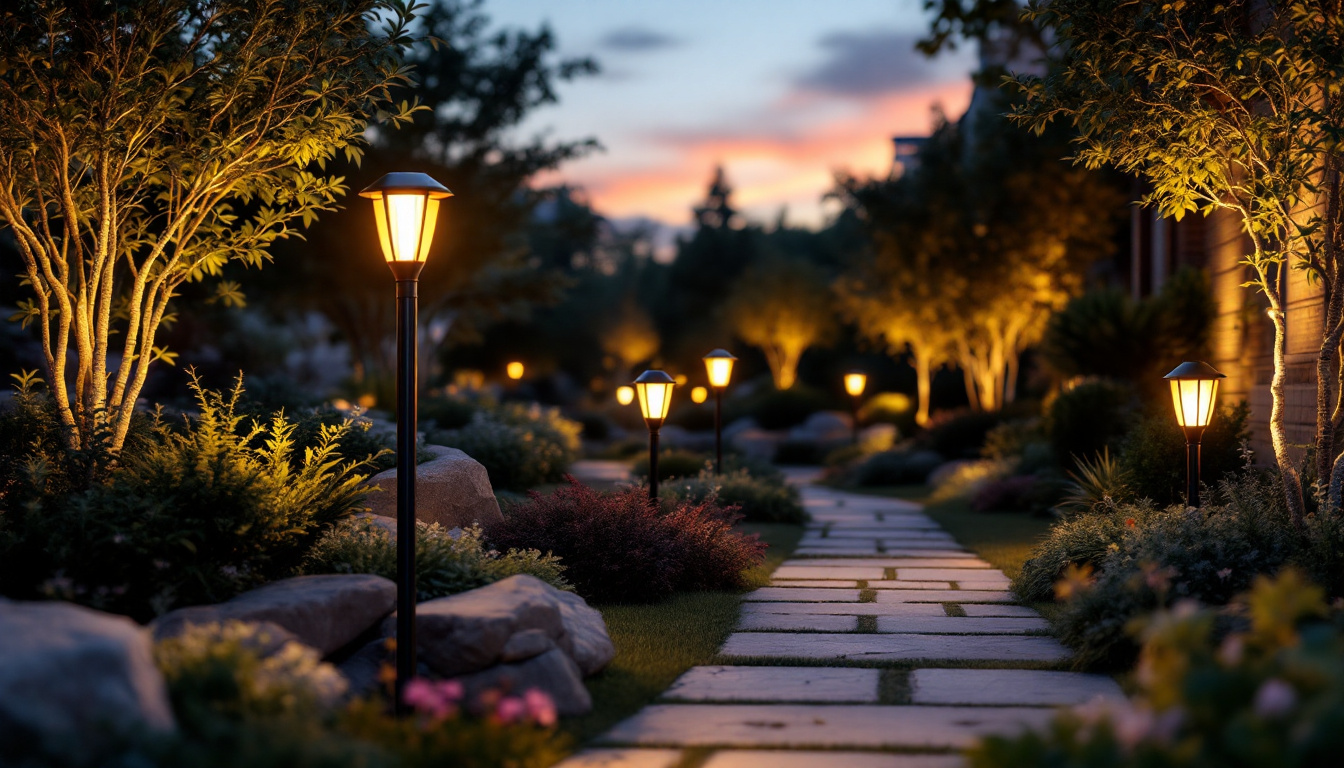
Discover how outdoor solar lamps are revolutionizing the lighting industry by enhancing profitability and sustainability.
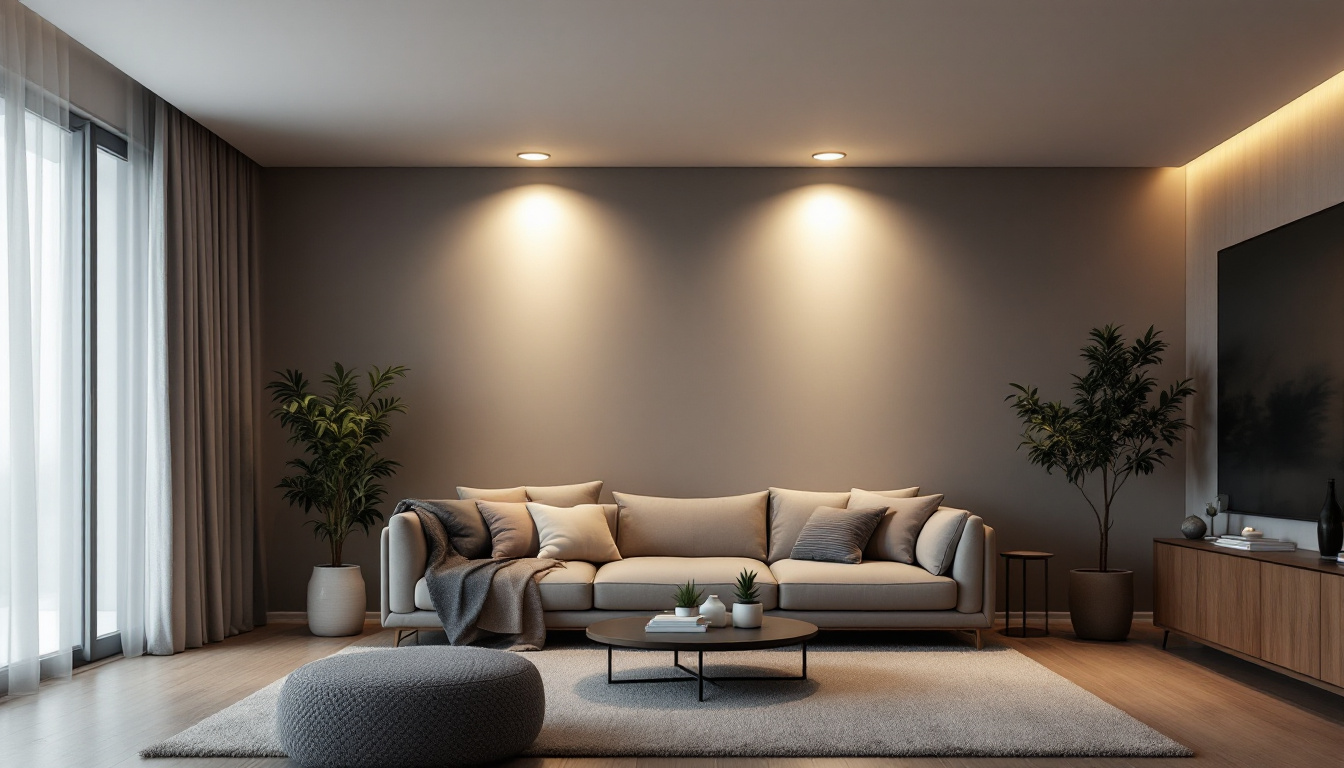
Discover the benefits of recessed lighting with our guide on the top four energy-efficient options.
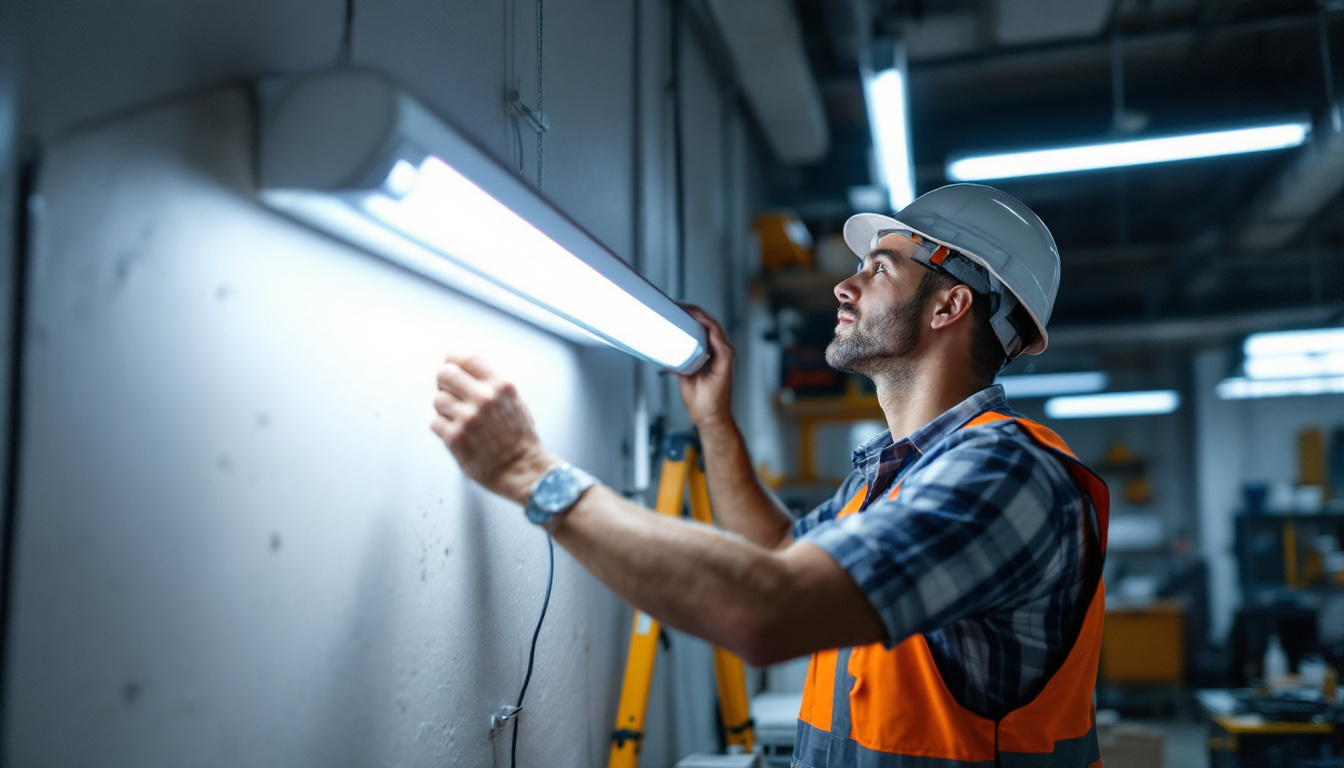
Discover essential tips and insights for lighting contractors on mastering the installation and optimization of T5 LED tube lights.
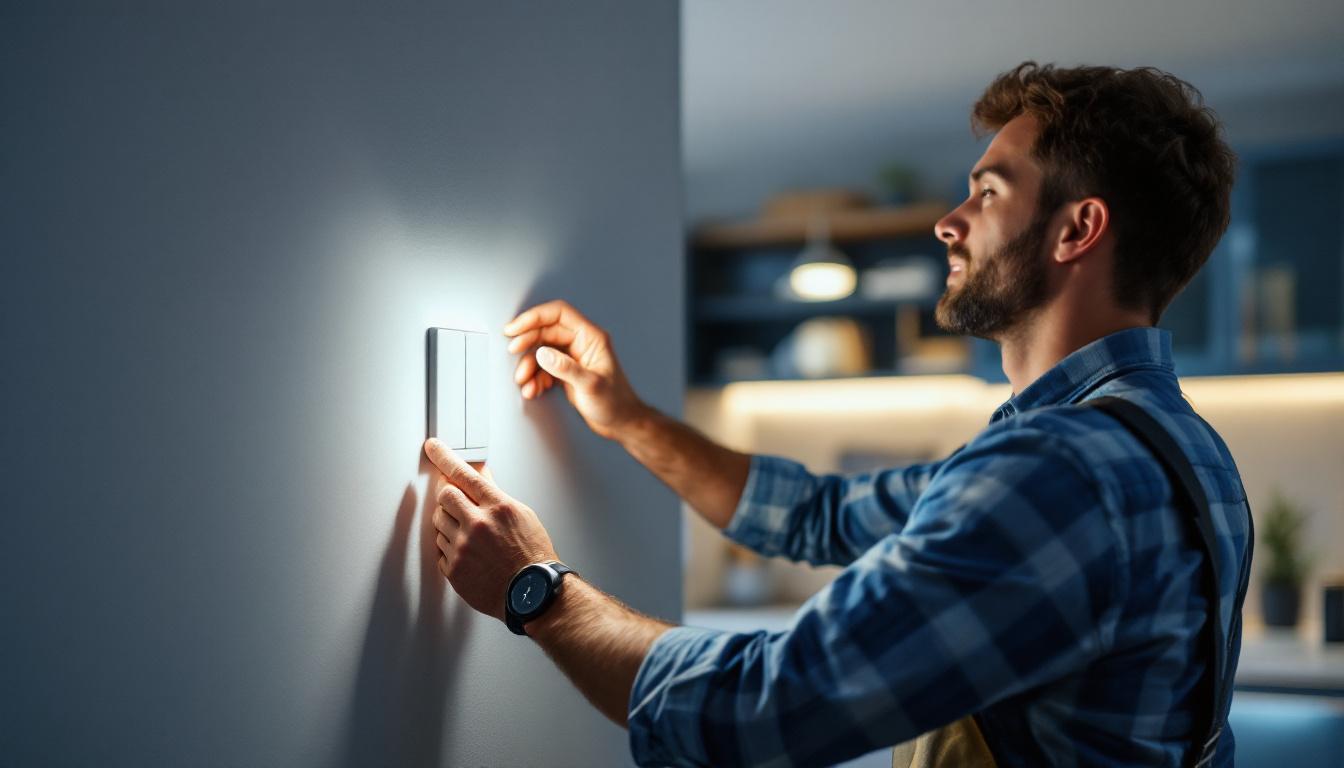
Discover the essentials of 3-way light switches with our comprehensive guide tailored for lighting contractors.